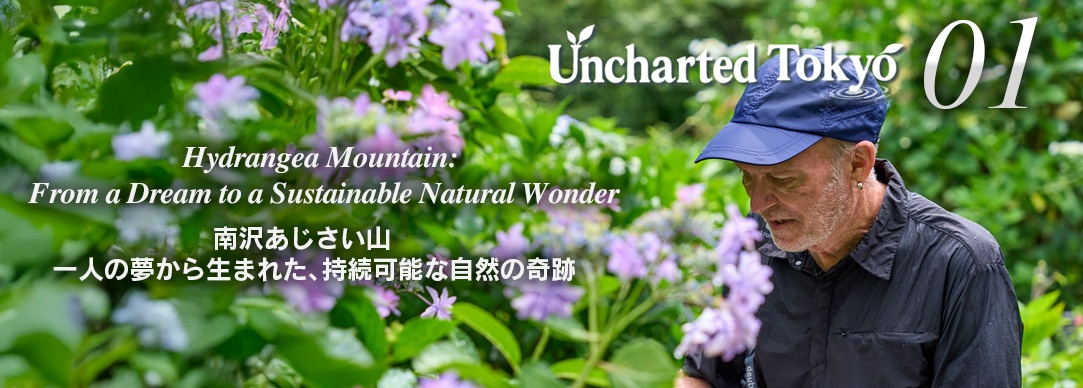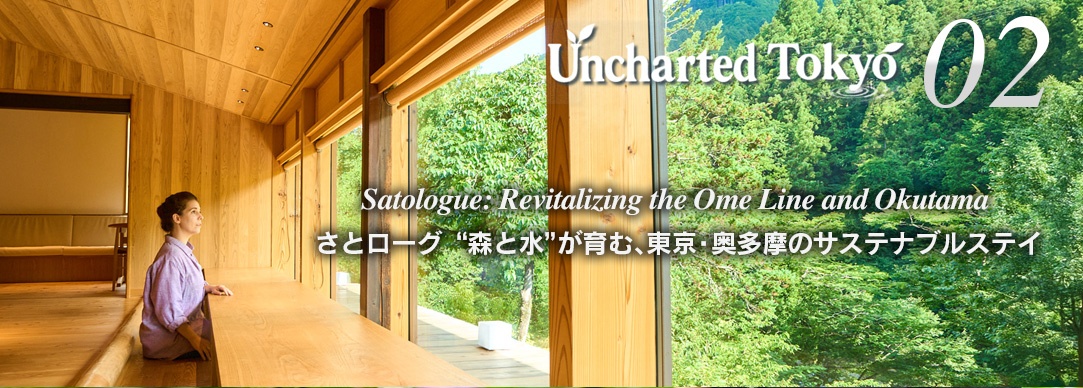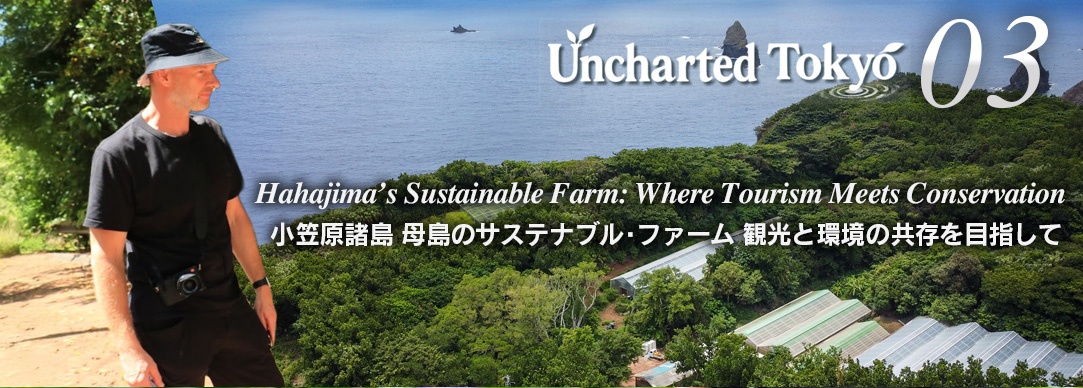Uncharted Tokyo 2|Satologue: Revitalizing the Ome Line and Okutama
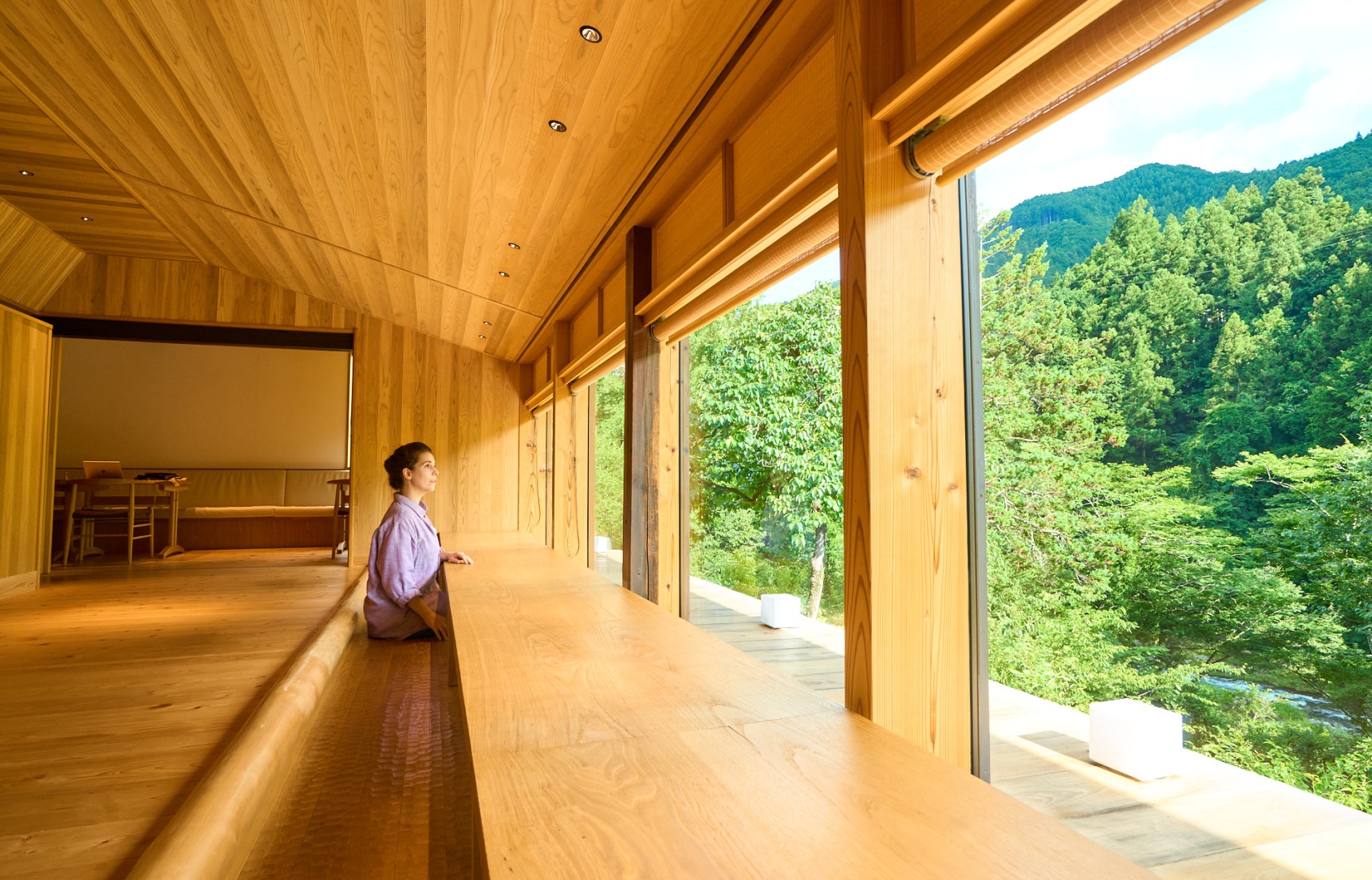
When people think of Tokyo, they often picture neon-lit streets and busy crowds. But just beyond the city lies another side of Tokyo—one of islands, forests, and quiet mountain villages. In these lesser-known areas, you’ll find experiences that go beyond sightseeing: nature, culture, and community. Responsible travel here means slowing down, exploring with care, and discovering something new. Uncharted Tokyo—step into the unknown.
By AAJ Editorial TeamA Bucolic Retreat in Tokyo
Lush, forested mountainsides, cool clean river valleys and farms are not what most people associate with the metropolis of Tokyo. But just under two hours by train from the busy streets and high-rises of Shinjuku is the Okutama area, where the lands around the local Ome train line are being revitalized, making use of vacant lots and buildings, while also rebuilding community, and passing on precious traditions.

Bringing New Life and Value to the Ome Line
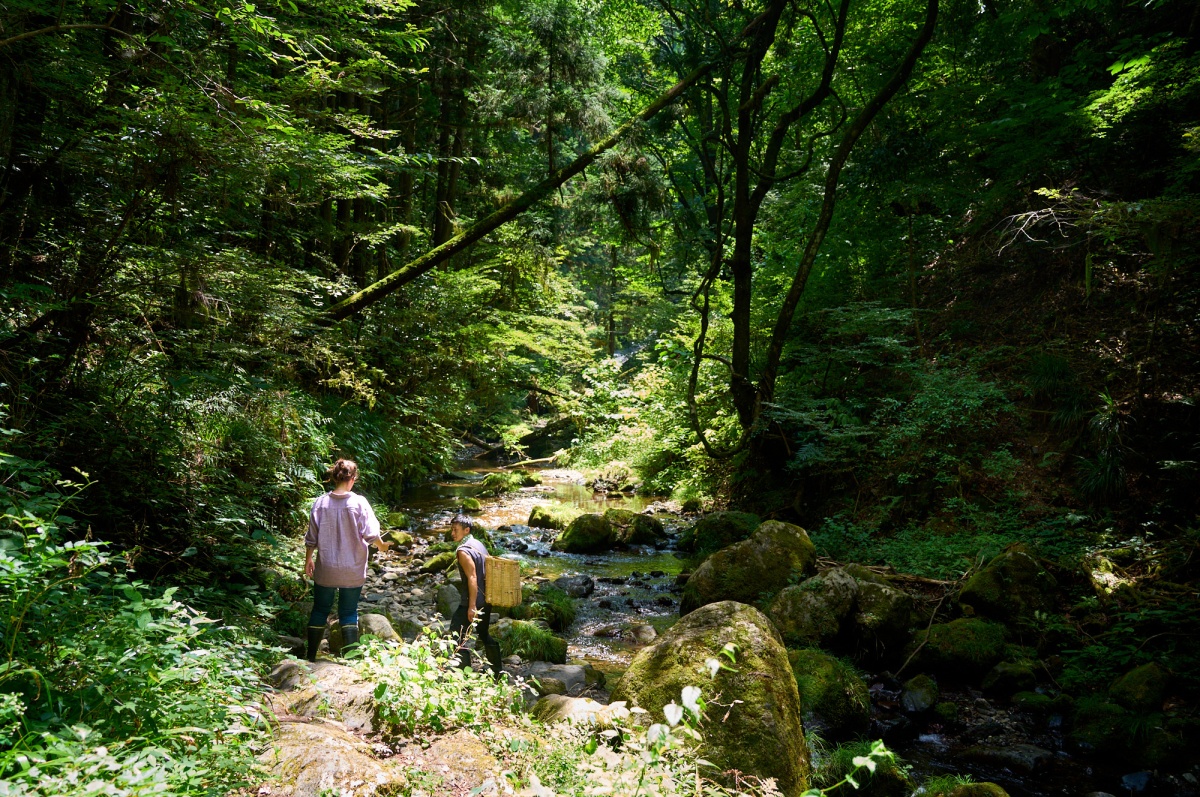
Okutama: A town of clear streams and ever-changing seasonal scenery.
Despite being part of the Tokyo metropolitan area, the town of Okutama feels distinctly rural, a scattering of settlements completely surrounded by pristine nature and mountains that attract plenty of hikers on weekends. However, this means that it is also dealing with the pressures that much of rural Japan is facing. With a population of under 4500 people, a rapidly greying community, many akiya (vacant houses), and farmers without successors, the need to find new ways to support and revitalize the local economy is pressing.
The Ome Line is a major lifeline for locals and an important connection to central Tokyo. JR East has teamed up with local business incubator Satoyume to start promoting the many gems of the area through Satologue, a project supported by a passionate local community of both longtime residents and new faces who are moving to the mountains to pursue their dreams.
Okutama was chosen as Satologue’s base for its unique combination of natural beauty, its value as the source of the Tama River, and its convenient location—just 90 minutes from central Tokyo by train. The area has minimal tourism infrastructure, so the natural environment and restored vacant houses can become a draw for visitors, turning regional challenges into opportunities. Satalogue is part of the larger Ensen Marugoto Hotel initiative to allow visitors to enjoy the whole Ome railway line, by renovating unmanned station buildings as hotel reception areas and lobbies and revamping vacant houses along the line into accommodations, therefore creating job opportunities for local residents.
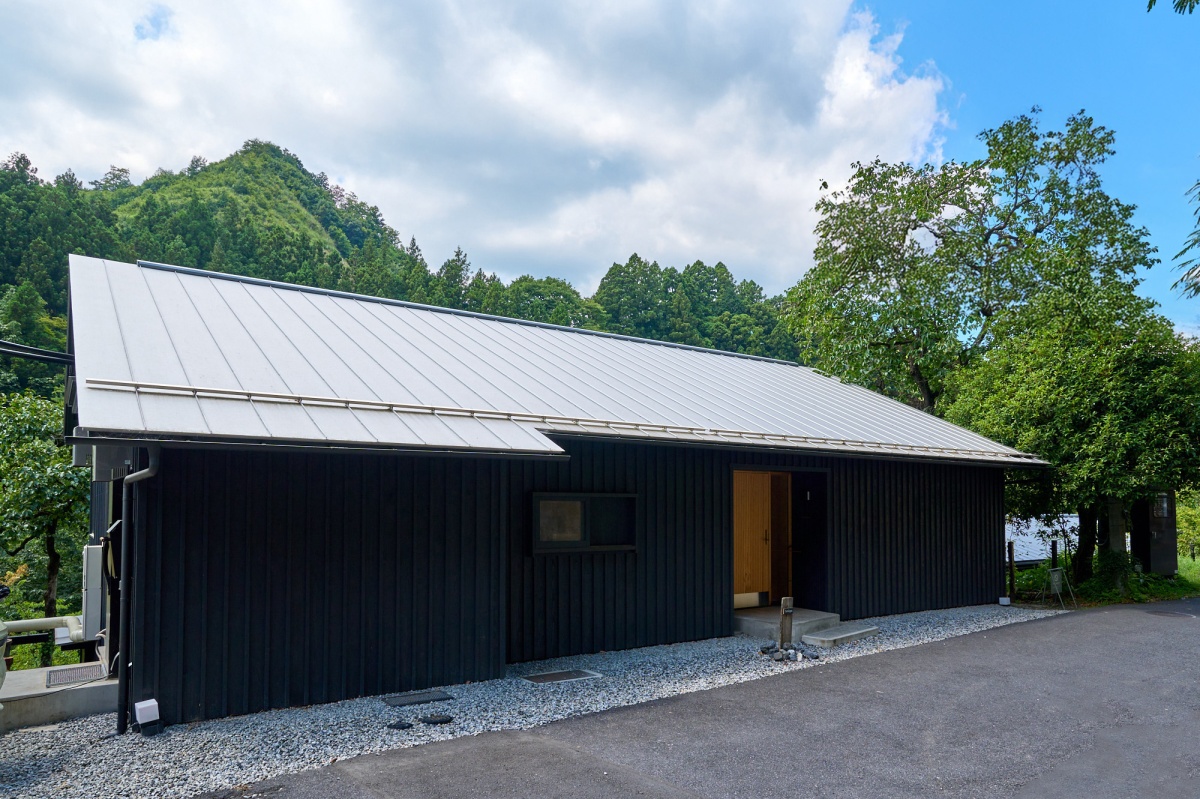
The Satologue base, not far from Kori Station, opened in 2024
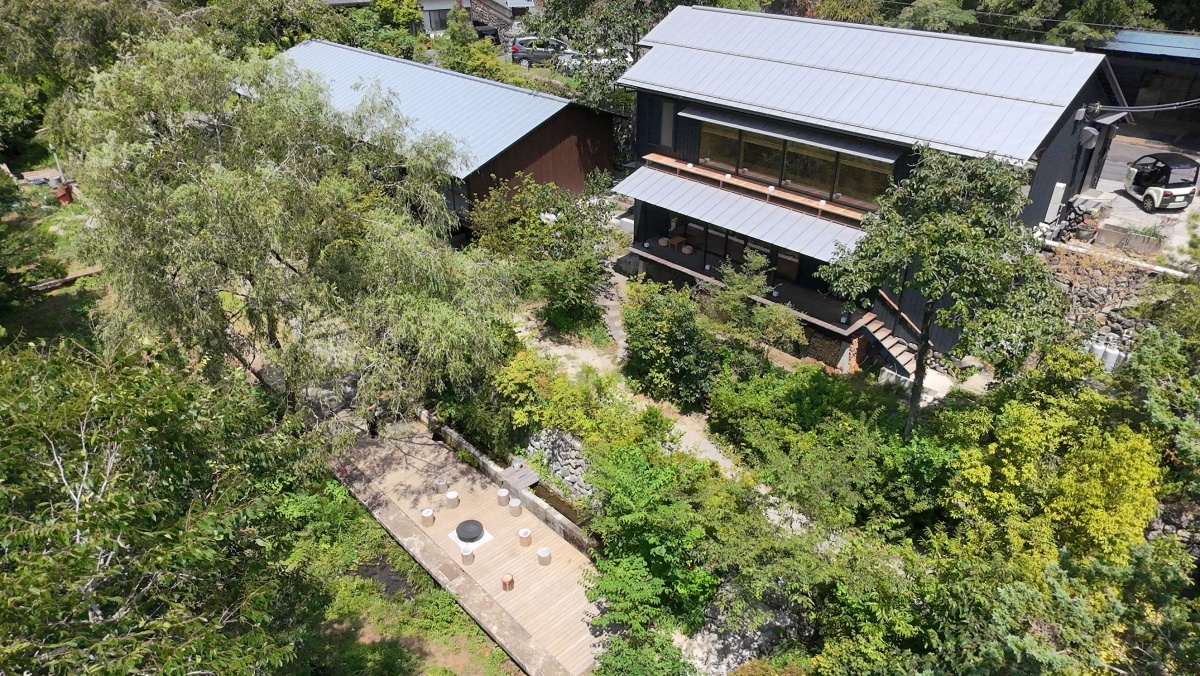
The facility is located in the leafy, natural environment of Chichibu-Tama-Kai National Park

Creating A Base Through Community and Respect
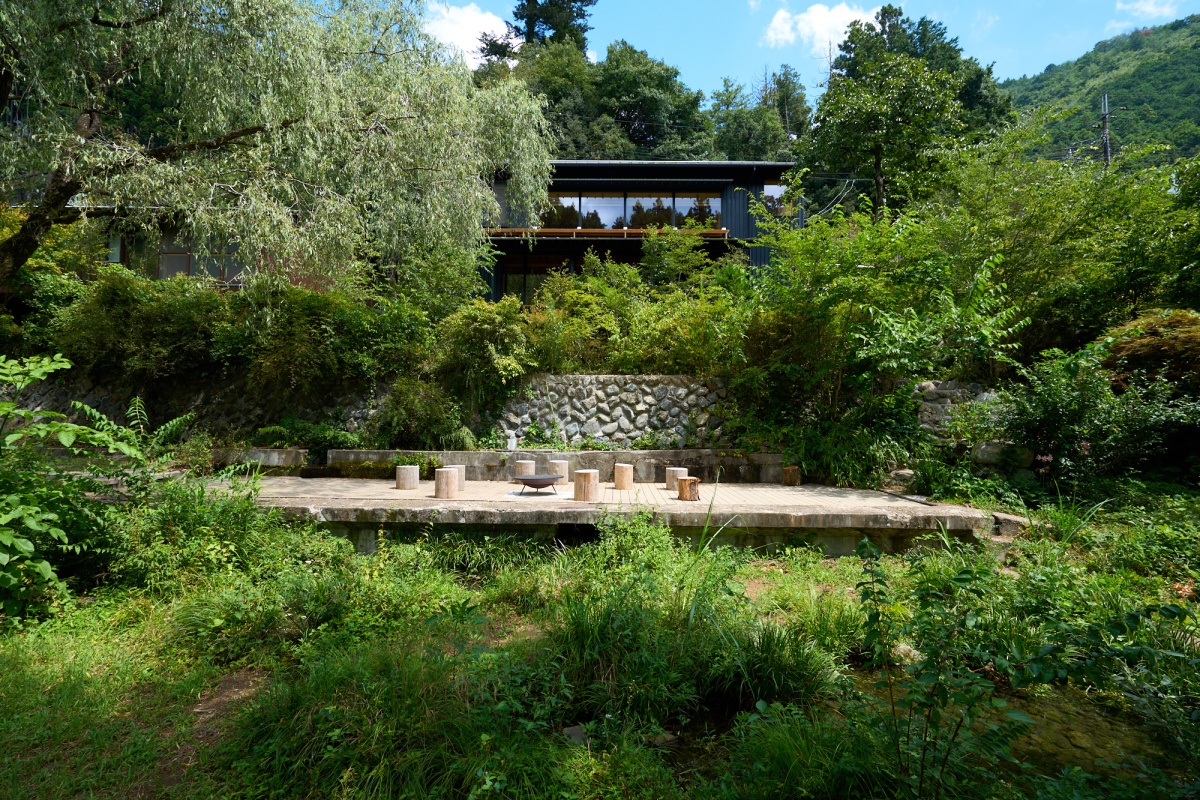
Steps lead down from the lounge to a wooden deck and biotope
The first step was to create the main Satologue base, about a 15-minute walk away from Kori Station, which serves as a hub for experiences, accommodation and learning, with an overarching mission to preserve the area’s precious river and forest environments.
It is housed in the former residence of the Takishima family, who ran a river fish hatchery. When renovating the building and former fish tanks, the team’s guiding concept was to create a space that sustainably coexists with nature. The original structure was rebuilt with additions of locally sourced wood, and the concrete fish pools were transformed into a garden, a terrace area, and some small ponds, creating a habitat for local flora and fauna to flourish. A river water bath, a sauna fueled with local wood, and careful environmental restoration utilizing existing trees and topography complete the idyllic spot.
A “Forest Director” on staff oversees the garden and trees on the property, not only ensuring the health of the ecosystem by removing invasive species and reintegrating native plants, but also by controlling the quality of light and airflow through the trees to maintain a comfortable ambience.
Satologue opened for business in May 2024, offering lunch and workshops, along with use of a sauna built and fueled with locally sourced wood. They later added accommodations and started welcoming guests. Now a maximum of 8 people at a time can stay in the peaceful and elegant lodgings, which come with a terrace overlooking the river. This allows staff to give each guest a personalized experience, providing them with a hands-on connection to the environment.
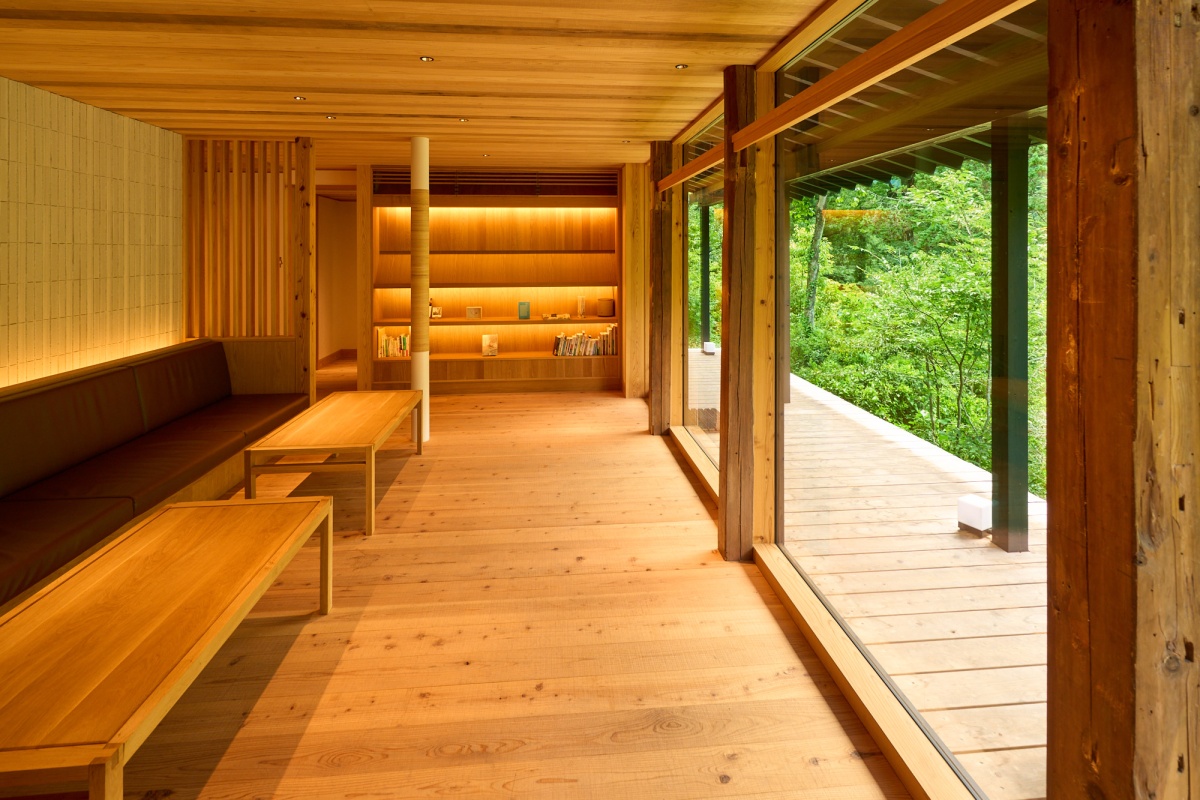
The lounge space with books and complimentary drinks is a quiet retreat in natural surroundings.
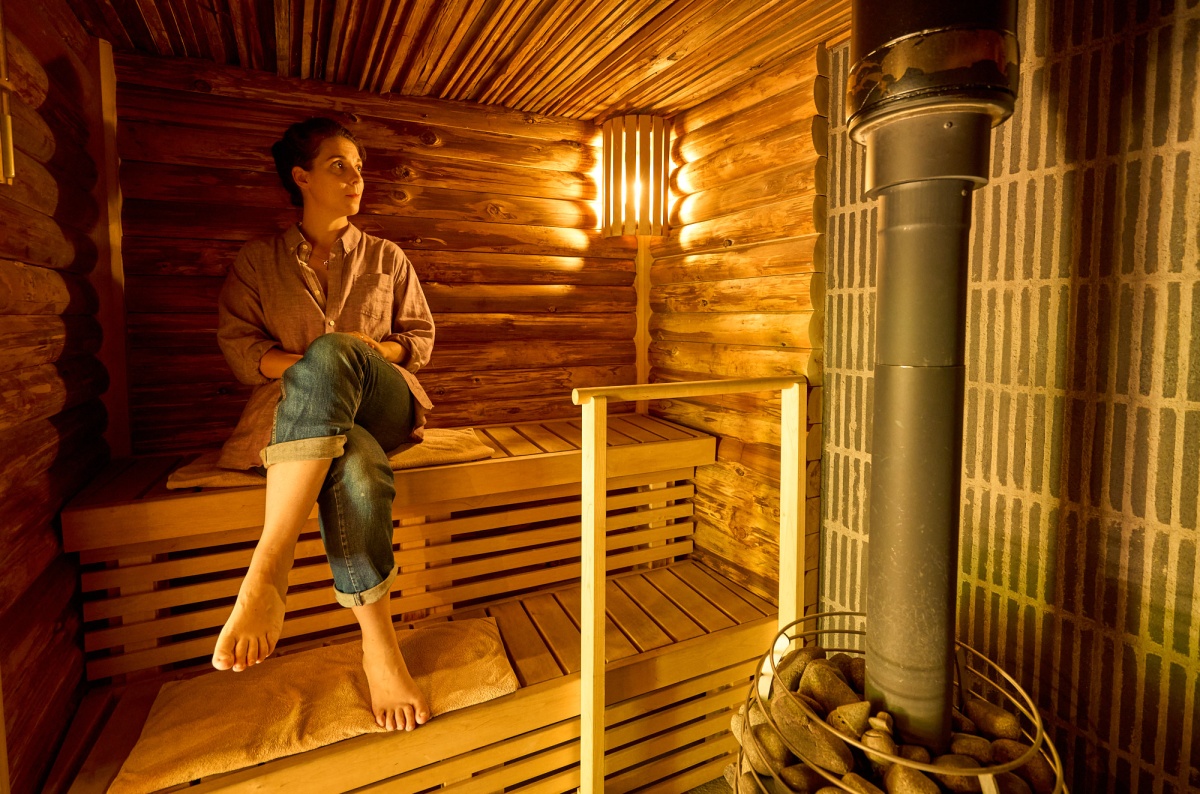
A wood-fired sauna, with an outdoor cold bath fed by natural spring water

Uplifting Local Resources and People
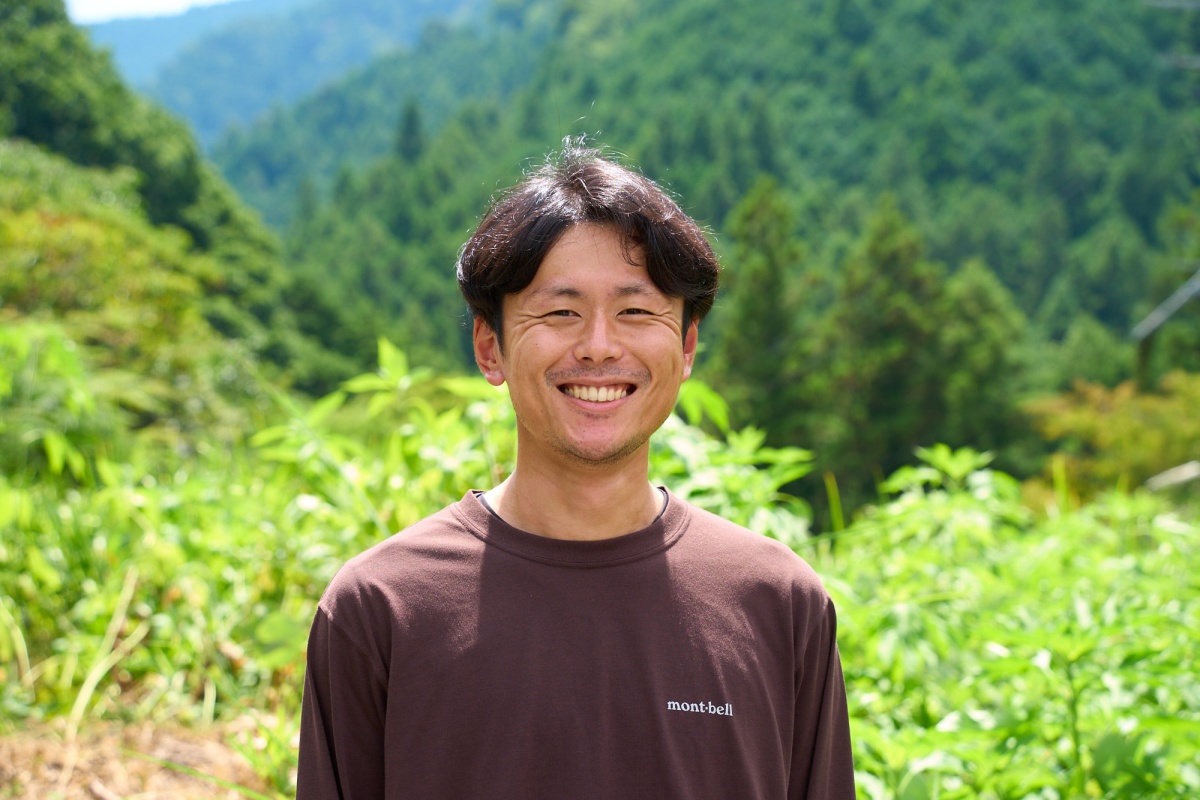
Kenta Mizoguchi of Ensen Marugoto Co. was once a Shinkansen bullet train conductor
Kenta Mizoguchi of Ensen Marugoto is one of Satologue’s founding members and has been at the forefront of making sure that the entire trainline hotel concept benefits and incorporates the local community, through the use of pre-existing buildings.
“We don’t want to come in and change everything,” he says. “Instead, we want to reveal the value of what is already here—by just removing the dust that currently obscures it.” Their first steps in gaining trust and knowledge about the area were to literally walk around the area in a search for abandoned properties, chatting with residents. They formed community connections by taking the time to explain the vision for the project.
Besides Satologue staff, the team includes other people who have recently moved to the area and a number of local elders. Reactions from the community have been positive. A long-time resident in her 70s said, “I always saw our life here as normal and not particularly valuable. But by joining this project, I now see how special our area is.” Neighbors regularly stop by to drop off vegetables and express their happiness at seeing what has become a livelier town. Even the company base’s former owner was glad to see a home that held so many memories revived and still functioning as a place for people to gather.
Besides the Satologue building, the team has also revamped the nearby Hatanosu Station. Along with the addition of a small shop and office area, it now functions as a base where local residents who act as guides meet guests. At unmanned stations along the Ome Line, passengers can board using IC cards, but to add to the experience, local guides stamp visitors’ tickets in the old-fashioned way before taking them to the hotel—while chatting about their life and experience of the area. This allows locals to share the history, culture and knowledge about coexisting harmoniously with nature to a new audience.
This collaborative concept is gathering interest from various other regions and trainlines across Japan. “If this model works, we’d love to bring it to other areas with similar resources,” says Mizoguchi.
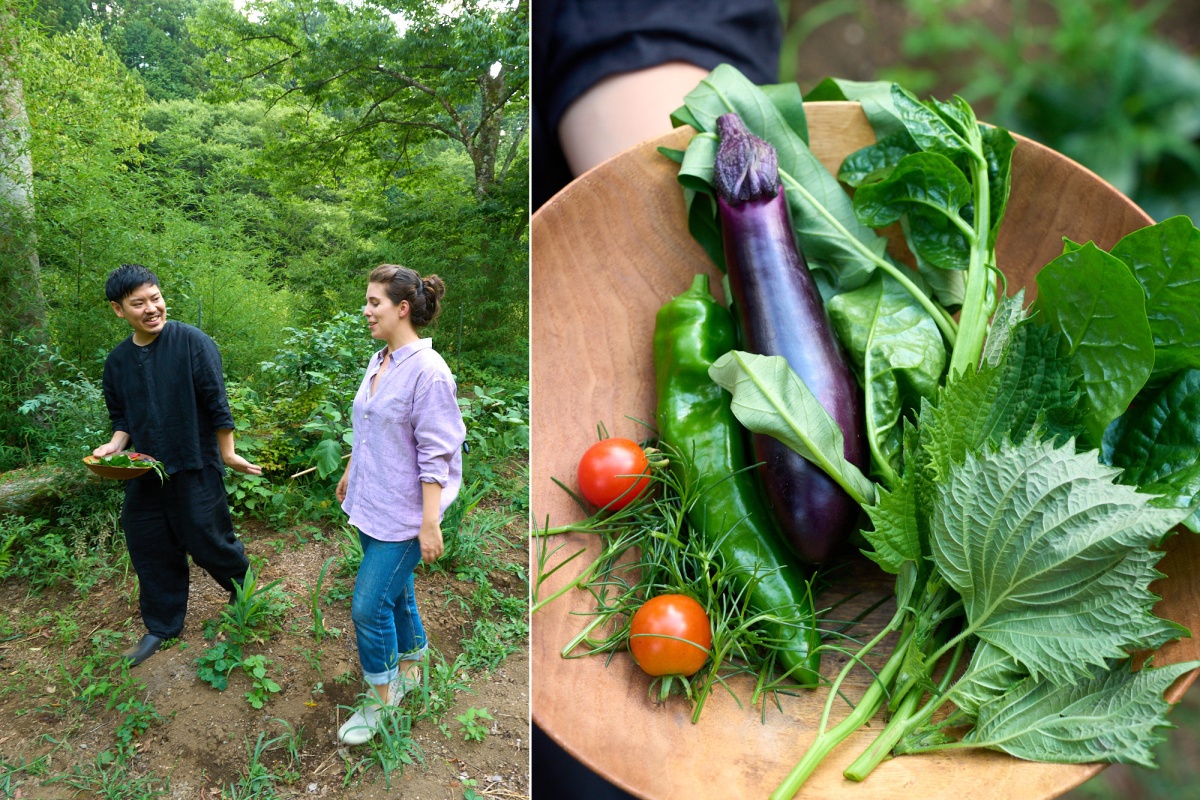
(Left)Harvesting vegetables in the on-site farm together with the chef
(Right) Freshly picked produce from the farm
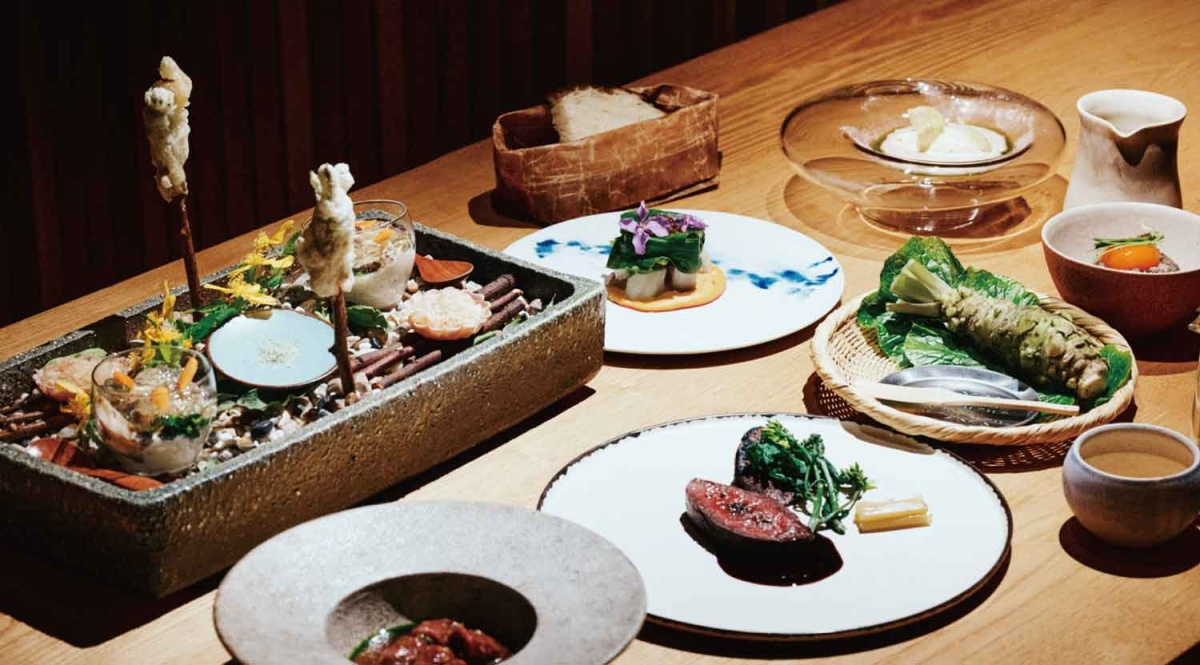
Locally sourced, homegrown flavors. (Photo:Daisuke Takashige)

Experiencing Nature in Daily Life
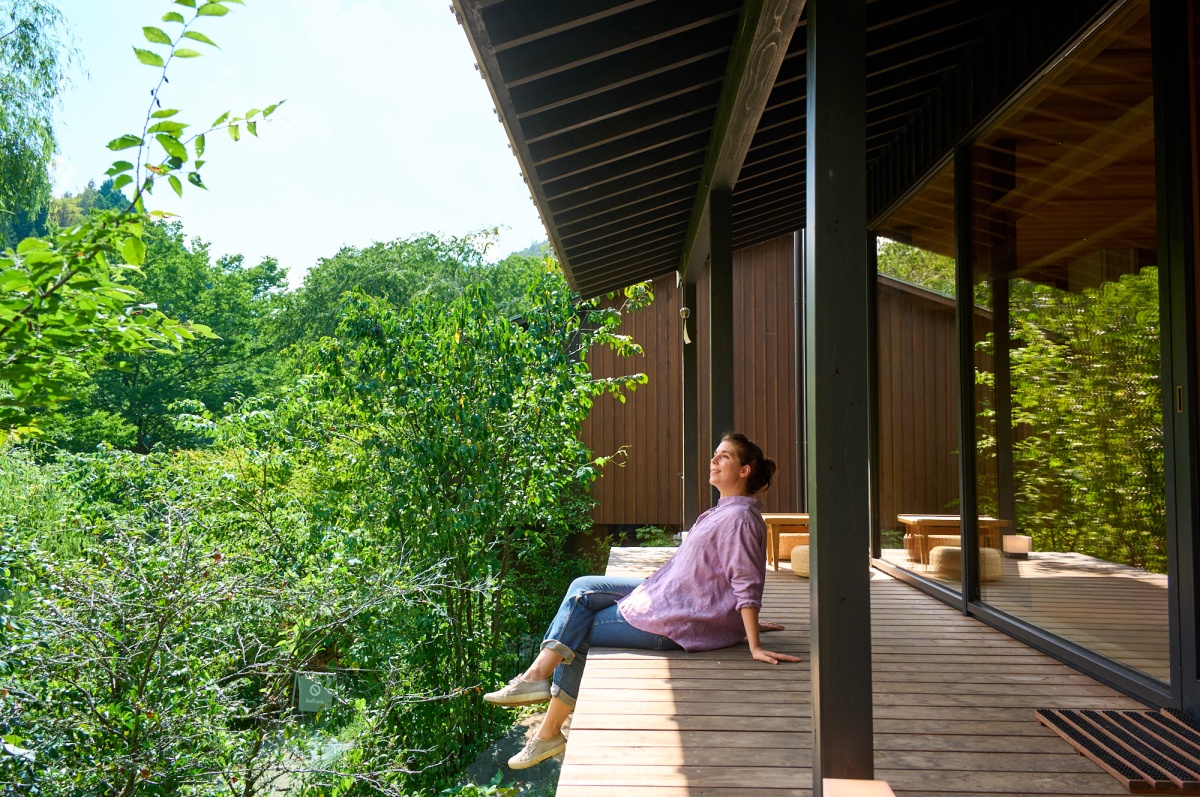
The deck in front of the lounge, overlooking the Tama River and Mt. Atago
Satologue’s programs promote experiences that connect its natural environment with daily life. Guests and participants can engage with the natural cycles of life by joining the chef to pick vegetables for dinner, gathering herbs to make tea, or learning to prepare river fish. The forest bathing experiences, which encourage participants to slow down and connect with the natural habitat of Okutama, are also popular. The programs are designed to provide value beyond their price, and the team is exploring new offerings and options using feedback from trial tours.
One of the experiences people can enjoy is a tour of a revitalized wasabi field with Hitoshi and Tatsuya Tsunoi, cheekily known as the“Wasabi Brothers.” While the pair are not originally from the area and previously worked in completely different fields, they were drawn to the natural beauty and welcoming community of Okutama. Through a friend, they discovered the existence of a wasabi field that had been left untended for years. Although neither had any agricultural experience, they shadowed a professional wasabi farmer and learned from local residents. They have successfully restored the fields entirely by hand, carrying and placing each heavy stone, helping preserve a style of wasabi farming unique to the Okutama area.
Wasabi takes 18 months to 2 years to reach maturity, and its growth is constantly threatened by wild animals, sudden weather changes, and even thieves. In these remote, narrow valleys, all work must be done by hand, such as creating terraces of rocks that allow for ideal water flow over the rhizomes. “It doesn’t feel like farming—it’s more like we’re caretakers of the environment,” says Hitoshi. “We also try to remove invasive species and bring back native plants, creating a ‘mini-ecosystem’ of Okutama.”
They offer tours of their wasabi fields as a way for visitors to learn about
ecological cycles. The key elements for wasabi cultivation—clean water, shade, stones, and
hands-on care—are also parts of a natural system, sustained through painstaking human effort. Their goal is to encourage people to reconsider how humans can coexist with nature. “Nature can thrive when people engage with it. Left alone, it might appear untouched, but it could really be deteriorating.”
Sitting among the carefully terraced wasabi fields, listening to the flow of cool, clear water while enjoying a bowl of rice topped with freshly ground wasabi, or watching the river drift by after a bracing sauna session at Satologue, one quickly realizes how much Okutama has to offer to city dwellers looking to reconnect with nature.
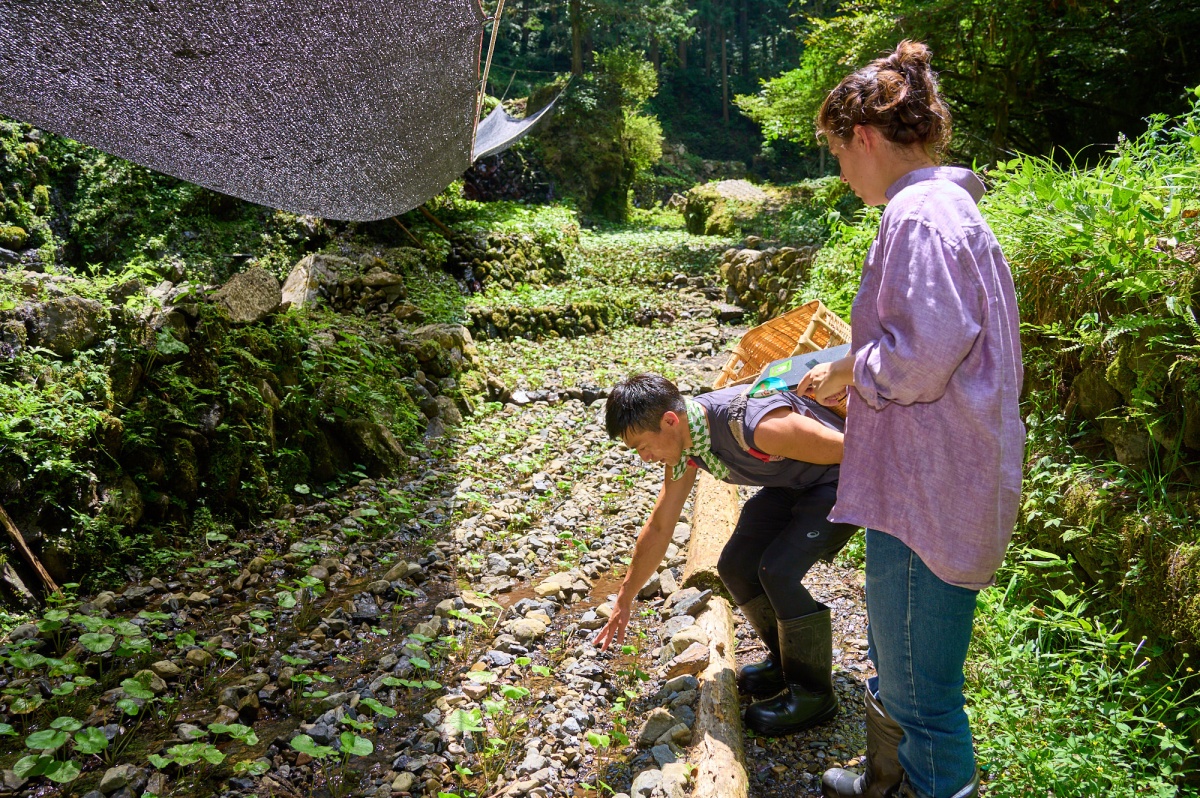
Entering the mountains on the way to the refreshing wasabi fields
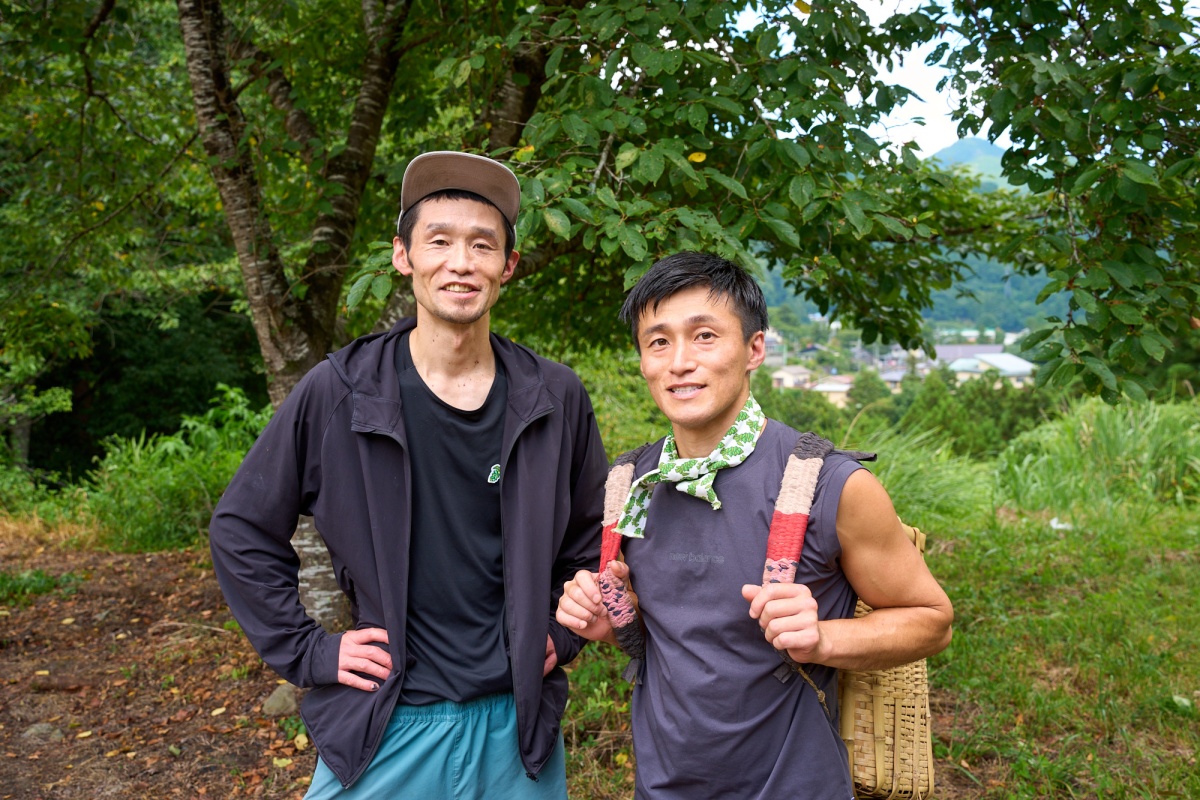
The Tsunoi brothers of TOKYO WASABI guide the wasabi field tour
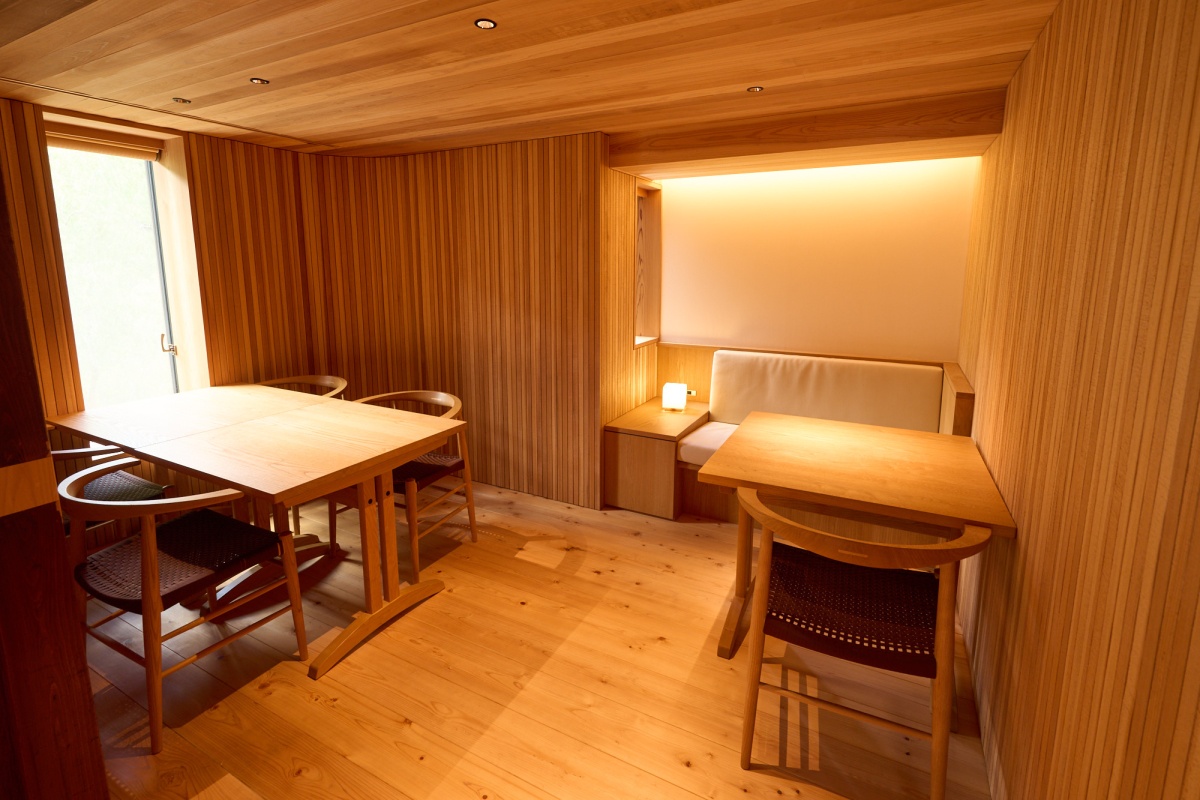
Overnight guests are served dinner in Satologue’s comfortable restaurant space
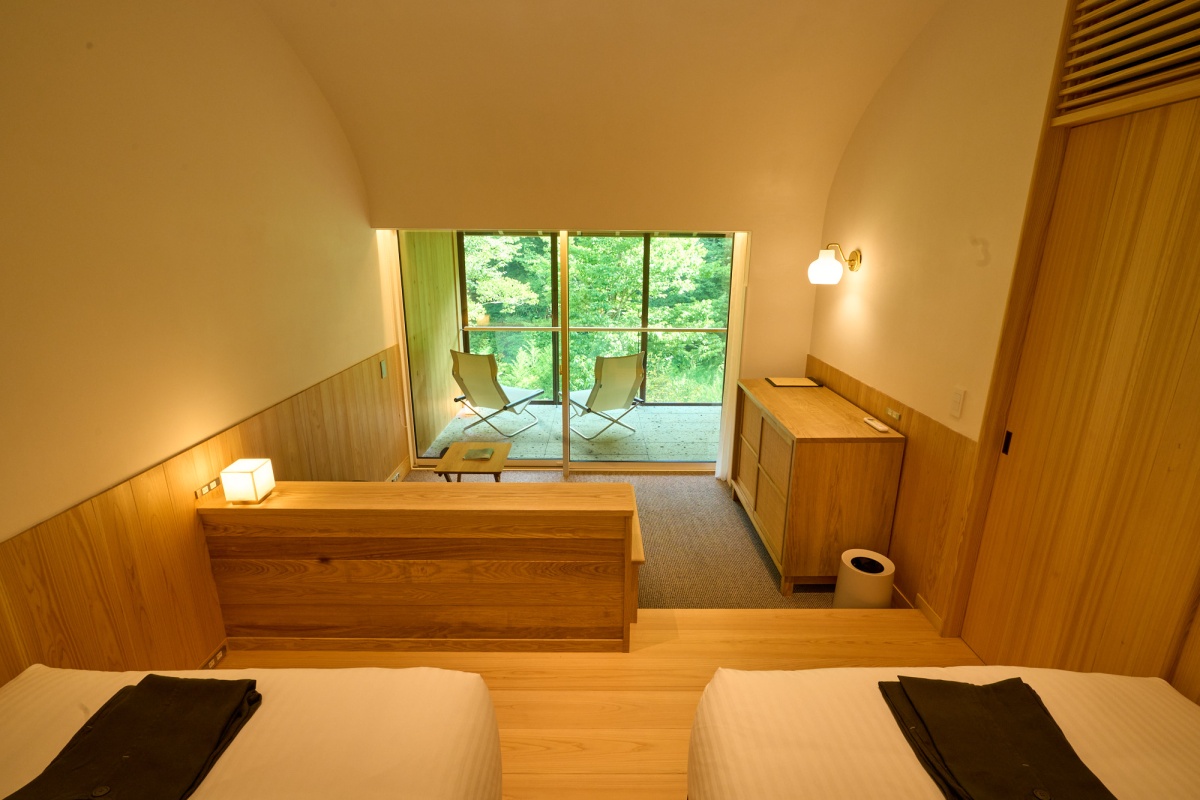
The guesthouse features soaring arched ceilings and a view of the surrounding natural scenery

Satologue.
Location:
1 Tanazawa, Okutama, Nishitama District, Tokyo [MAP]
For experience programs such as the wasabi field tour, please inquire via the official website.
Access:
The main building and accommodation facilities are a 15-minute walk from Kori Station on the JR Ome Line.
URL: https://satologue.com/
SNS: Instagram https://www.instagram.com/satologue/


Sustainable Traveler:Chiara Terzuolo
Author of The Vegan Guide to Tokyo and Hidden Japan, Chiara has been working and writing about Japan for over a decade, with bylines in The Japan Times, Japan Today, Lonely Planet and multiple projects with government organizations like the JNTO, Tokyo Metropolitan Government and Kochi Prefecture. She also regularly appears on television and was the co-anchor of the NHK program “Learn Japanese Through the News.” She is a proponent of low-waste philosophy, anti-consumerism and sustainable travel, along with organic urban gardening and primarily plant-based diets.
※This content was produced with support from the Tokyo Convention & Visitors Bureau Sustainable Travel Promotion Grant Program.
Photo: Tatsushi Yuasa


